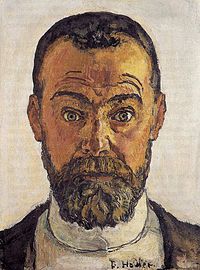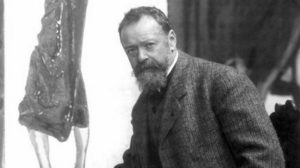
was born on March 14, 1853 in Bern, Switzerland.
1853 - 1918
Ferdinand Max Hodler
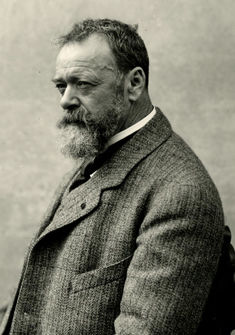
description
A Swiss painter and graphic artist, an outstanding representative of the European Art Nouveau.
The artist was born into a poor family of a carpenter and a peasant woman, he was the eldest of six children. When Hodler was eight years old, he lost his father and two younger brothers. His mother Margaret married a widower with five children; her stepfather was an artist and designer and became the first teacher for Ferdinand – when he was nine years old, he was put to work, helping his stepfather draw simple signs. The boy continued his studies in the town of Thun, where his teacher was a local painter Ferdinand Sommer.
Ferdinand Hodler is known as the author of the original artistic method – parallelism, which later became one of the main in the style of art nouveau. He created several monumental canvases and decorative panels adorning public buildings in Switzerland and Germany, thus making a significant contribution to historical painting. Hodler’s art was a success among his colleagues; his works were admired by such great artists as Puvis de Chavannes and Gustav Klimt, as well as sculptor Auguste Rodin. The artist was a participant in the mystical Rosicrucian order and exhibited his paintings at the Symbolist Salon “Rose and Cross.”
Key Ideas:
– The work of Ferdinand Hodler has a number of features that make his paintings recognizable and significant for the further development of European painting. First of all, this is so-called “parallelism”, which the artist invented. This method implies a special compositional solution in pictures where objects (in Hodler’s works those are mostly human figures) are arranged in a certain order. Thanks to the parallel arrangement of the central lines, a special rhythm and harmony is achieved in the pictures. According to the artist, these parallels make the image more dynamic and help to immerse more deeply into his contemplation. A vivid example of this work was his painting “Night”, which was completed in 1889 and aroused great interest among artists and critics.
– The painter paid much attention to the meaning of color and light in his canvases. He developed his own coloristic theory, where each color has a certain meaning and emotional load. Thus, blue color means spiritual cognition and contemplation, while red means passion, emotion, pleasure. A clear confirmation of this is a diptych named “Feeling”, in which the girls, dressed in blue and red clothes, foregathered in an allegorical dance.
– The works of the Swiss painter are distinguished by their great content and Symbolism. There is a deep meaning in Hodler’s paintings, they are saturated with philosophical images, and often contain an appeal to subconscious desires and feelings. Through his art, the artist tried to show the inseparable connection between a man and nature, to determine his supreme destination and place in the infinite universe.
1853
1871
1884
1889 - 1892
1896
1901 - 1905
1908
1914
1918
The birth of the artist
He went to Geneva
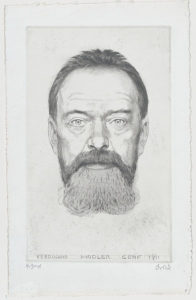
Met Augustine Dupin
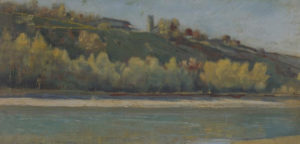
"Night"
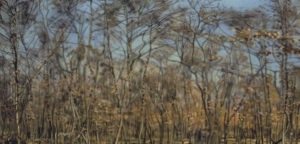
Won a contest
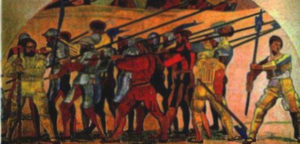
Participated in the exhibitions of The Vienna Secession
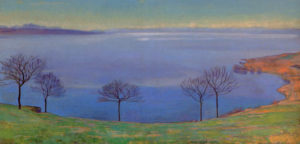
Hodler depicted a woodcutter and a harvester
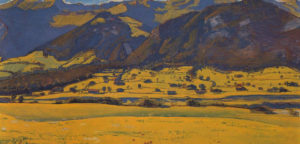
He signed a protest against the bombing of the Rhine Cathedral by German troops
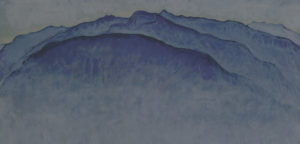
The death of the artist
